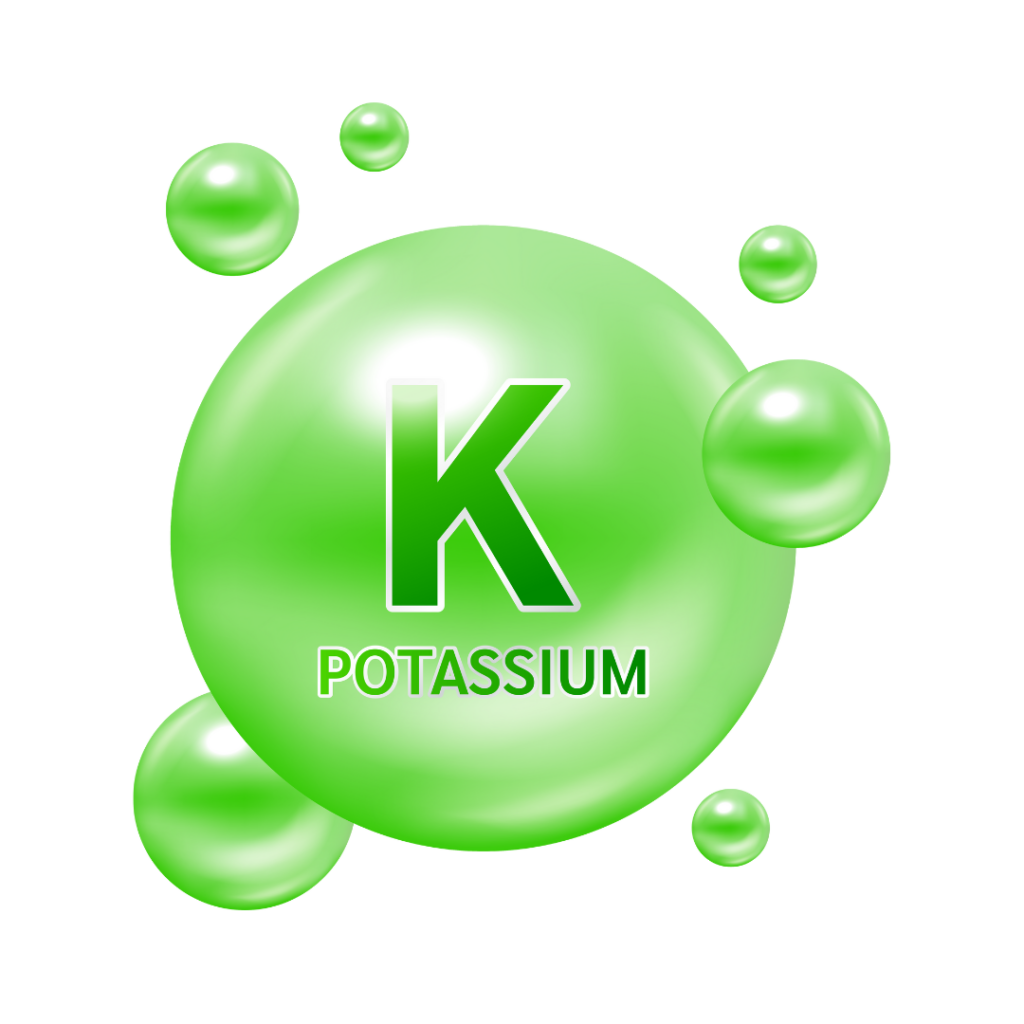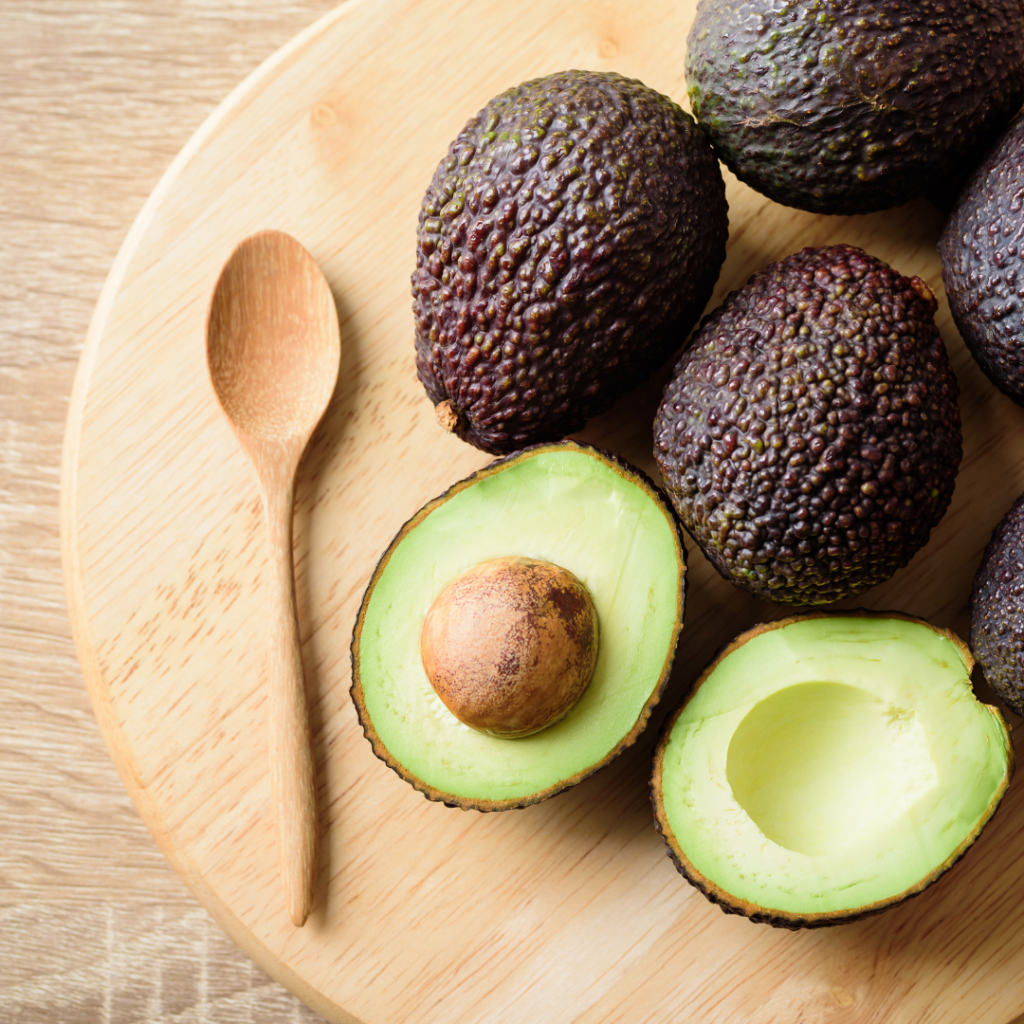Ever wonder why you feel hungry even when you just ate—or why certain foods seem to call your name? Or perhaps you are “Always tired, always hungry – but not sure why?”
It’s not just about willpower. Your gut and brain are in constant conversation, using hormones and nerves to regulate hunger, fullness, and digestion.
The Gut-Brain Connection and Appetite
The gut-brain axis is the communication highway between your gut and your brain. This system works in both directions, meaning your brain can affect how your gut functions—and your gut can send signals back to your brain that influence things like mood, mental clarity, and even brain health as you age. This connection is made possible through several systems working together, including the nervous system, hormones, immune responses, and the gut microbiome—the community of bacteria and microbes living in your digestive tract.
When the gut microbiome is out of balance, it can contribute to a wide range of issues—from mood disorders like anxiety and depression, to digestive problems such as bloating, IBS, and inflammation, as well as immune system dysfunction. One major way it affects mood is by influencing the production of serotonin, a neurotransmitter that helps regulate mood, sleep, and appetite. Gut bacteria help synthesize tryptophan, the amino acid that serves as a building block for serotonin, and can directly affect how much serotonin is available to the brain.
This same gut-brain (and hormone) network also plays a major role in regulating hunger and fullness. Feeling hungry or satisfied isn’t just about how much food is in your stomach—it’s the result of a finely tuned conversation between your digestive system, your brain, and the hormones that help keep your appetite and energy in balance.
Two key major hormones play a big role in your appetite:
- Ghrelin, known as the “hunger hormone,” is produced by the gut, and signals your brain when it’s time to eat.
- Leptin, often called the “fullness hormone,” is produced by fat tissue and tells your brain when you’ve had enough.
- Other hormones, like PYY and GLP-1, also help promote satiety by slowing digestion and signaling that you’re full.
These hormones send messages to a part of the brain called the hypothalamus, which helps regulate your appetite and energy levels. When everything is working well, this system keeps your hunger, fullness, and energy in balance.
Here’s how it works:
- Ghrelin levels go up before meals, telling your brain you’re hungry.
- After you eat, ghrelin drops and leptin rises, signaling fullness.
- This back-and-forth helps your body maintain steady energy (what we call energy homeostasis).
When the balance between your hunger and fullness hormones—ghrelin and leptin—is disrupted, your body can start sending mixed signals about when to eat and when to stop. Factors like chronic stress, poor sleep, inflammation, gut imbalances (dysbiosis), and irregular eating patterns can all interfere with how these hormones communicate with your brain. As a result, you may experience constant cravings, overeating, or never feel truly satisfied after meals.
Over time, your body can also become less sensitive to these signals, a state known as hormone resistance. This makes it even harder to regulate appetite and energy, and can contribute to both excessive eating and, in some cases, loss of appetite, as seen in conditions like anorexia.
Bottom line:
- The gut-brain axis involves the gut microbe, brain (nervous system), and hormones.
- A lifestyle with stress, poor sleep irregular eating patterns, and gut microbiome imbalances (known as dysbiosis) affect these hormones which leads to appetite and mood fluctuations.
Cortisol, Stress & Energy Crashes
What is Cortisol
Cortisol, often referred to as the “stress hormone,” is produced in the adrenal cortex and regulated by the hypothalamic-pituitary-adrenal (HPA) axis—a system that links your brain and adrenal glands. It follows a natural circadian rhythm, peaking in the morning to help you wake up and gradually declining throughout the day to support rest and recovery.
Cortisol plays several essential roles in the body, including:
- Helps your body respond to stress
- Keeps your blood sugar levels stable
- Supports your immune system and helps control inflammation
However, when cortisol levels stay elevated due to chronic stress—whether it’s from poor sleep, overworking, blood sugar imbalances, or emotional strain—it can disrupt your body’s natural rhythm.
Stress can come from many places: a toxic relationship, financial pressure, a demanding job, or the emotional toll of loss or trauma. No matter the source, your body responds the same way—by raising cortisol levels and keeping you locked in a stress response.
This disruption affects blood sugar balance, the gut microbiome, and insulin sensitivity, often leading to stronger cravings for high-sugar or high-fat foods, while also draining your mood, energy, and metabolism over time and leading to fat accumulation.
The good news? You can help rebalance cortisol by building in daily stress-relief habits like consistent sleep, balanced meals, deep breathing, walking outdoors, and even just taking intentional breaks throughout your day.
How cortisol affects appetite
Cortisol doesn’t just make you feel stressed—it also impacts your appetite and how your brain responds to food. When you’re stressed, cortisol triggers the breakdown of fats and carbohydrates to release energy. This surge in energy creates a craving for quick fuel, often leading to a desire for sugary or high-fat foods.
As we discussed earlier, the two main appetite hormones are ghrelin and leptin.
- Ghrelin increases: When cortisol levels stay high, it can raise ghrelin levels too. This makes you feel hungrier and more likely to crave food—especially sugary, salty, or high-fat options.
- Leptin resistance: Chronic stress can make your brain less responsive to leptin, the hormone that signals fullness. This means you may keep eating even when your body has had enough.
- Cravings and reward-seeking: High cortisol affects the parts of your brain that control reward and pleasure. When you’re stressed, these areas can become less active—especially in people who turn to food for comfort (often as sugary or high-fat foods) to help the brain feel better. This is especially strong in people with long-term stress or insulin resistance, where cortisol and insulin together make weight gain more likely.
The stress-hunger-fatigue loop
You wake up already feeling tired, grab Starbucks coffee and something sweet just to get going, skip meals or eat on the go, then crash mid-afternoon and reach for more snacks or another Starbucks coffee. By evening, you’re wired but exhausted, overeat at dinner or snack late, and struggle to sleep—starting the same cycle all over again the next day.
The stress–hunger–fatigue loop is a cycle where chronic stress (which we know can be caused from various reasons) throws off your hormones, messes with your appetite signals, and drains your energy. This leads to cravings, overeating, and constant fatigue—which only adds more stress and keeps the cycle going.
We’ve seen how elevated cortisol can throw off key appetite hormones like ghrelin and leptin—but it doesn’t stop there. Chronic cortisol exposure also interferes with insulin function, making it harder for your body to balance blood sugar. This can lead to more fat storage (especially around the belly) and frequent blood sugar swings that intensify hunger, cravings, and energy crashes.
Stress doesn’t just affect your appetite and mood—it also drains your energy. Here’s how:
- Metabolic Strain: Chronic stress raises cortisol, which increases your body’s energy demands and uses up important nutrients like B vitamins and magnesium—both essential for steady energy.
- Sleep Disruption: Stress leads to restless, poor-quality sleep, leaving you tired during the day. And since poor sleep raises cortisol, it becomes a vicious cycle of fatigue and stress.
- Post-Meal Energy Crashes: Craving high-sugar or high-fat foods for quick energy? They spike your blood sugar fast—but then cause a crash that leaves you even more tired and craving more food.
Signs Your Cortisol Rhythm Is Off
Cortisol follows a diurnal circadian rhythm, meaning its levels naturally rise and fall over a 24-hour period. It’s typically highest in the morning to help you wake up and get going, then slowly declines throughout the day, reaching its lowest point at night to support rest and recovery. Here are signs your cortisol rhythm may be off:
- Fatigue and Low Energy
Persistent tiredness, feeling unrefreshed even after sleep
- Sleep Disturbances
Trouble falling asleep, waking too early, or poor-quality sleep
- Mood and Cognitive Changes
Increased anxiety or depression, brain fog, poor memory, or feeling overwhelmed
- Weight and Metabolic Shifts
Unexplained weight gain (especially around the belly or face), muscle loss, and appetite changes
- Disrupted Cortisol Pattern
High cortisol at night, low in the morning, or an overall “flat” rhythm
- Weakened Immunity & Inflammation
More frequent illness, slow recovery, and signs of chronic inflammation
The Blood Sugar Roller Coaster
Remember, balanced blood sugar is key to avoiding energy crashes, constant cravings, and mood swings.
When we eat carbohydrates, our body breaks them down into glucose, a form of sugar that fuels energy production—especially in the brain, which relies heavily on glucose. But in order for glucose to actually enter our cells and be used for energy (ATP), we need insulin, a hormone that helps transport glucose from the bloodstream into the cells.
The problem? Most people’s dietary lifestyles are loaded with refined carbs and added sugars—like white bread, pasta, white rice, potatoes, pastries, and sugary drinks. These foods digest quickly, spike blood sugar, and have a high glycemic load.
Even more concerning is that many processed foods contain high fructose corn syrup (HFCS)—a highly processed form of sugar. Unlike natural glucose, HFCS bypasses the need for insulin to enter cells, which means your body doesn’t send proper signals to appetite-regulating hormones like leptin. That makes it easier to overeat without feeling full.
And instead of being used for energy, excess fructose from HFCS is often converted into cholesterol and triglycerides, which can contribute to fatty liver, inflammation, and metabolic dysfunction.
Sugar wears many disguises—and when eaten too often, it sets off a vicious cycle of cravings, energy crashes, binge eating, and fat storage. Over time, frequent sugar spikes push your body to produce more and more insulin. Eventually, your cells stop responding properly, leading to insulin resistance. Insulin resistance doesn’t just affect blood sugar—it also ramps up hunger, inflammation, oxidative stress, and even mitochondrial damage (which limits your ability to produce energy).
But it doesn’t stop there. A diet high in sugar and refined carbs can:
- Promote weight gain, especially around the belly (visceral fat)
- Raise cortisol, your stress hormone
- Increase inflammation throughout the body
- Lower growth hormone and thyroid hormone levels, both key for metabolism and repair
- Disrupt sex hormone balance—increasing estrogen in men and testosterone in women
This hormonal chaos doesn’t just affect your waistline—it impacts your energy, mood, and long-term health.
Why balanced meals matter
When meals aren’t balanced, it can set off a cycle of blood sugar spikes, crashes, and cravings—all of which disrupt your energy, mood, and hormones. Here’s how it works:
- Spike: Eating meals high in refined carbs or sugar (like white bread, pastries, or soda) without enough protein, fiber, or healthy fats causes blood sugar to rise quickly. Your body responds by releasing a surge of insulin to bring sugar into your cells.
- Crash: That big insulin spike can drop your blood sugar too low—a state called reactive hypoglycemia. This can leave you feeling tired, cranky, shaky, or unable to focus.
- Cravings: When your blood sugar crashes, your brain sees it as an energy emergency. You start craving quick sugar fixes (like more sweets or carbs) to bring levels back up—starting the cycle all over again.
- Hormonal Disruption: These ups and downs also mess with other hormones like cortisol, your stress hormone. Irregular cortisol patterns (like being high at night or low in the morning) are linked to more cravings, poor sleep, and worse blood sugar control—especially when stress is ongoing.
To avoid this cycle, aim for foods with a low glycemic index/load—these don’t cause sharp blood sugar spikes (like refined carbs and sugary drinks) and help you stay energized, satisfied, and focused throughout the day.
Functional Nutrition Fixes
As a functional nutritionist, I see this all the time with my clients—low energy, mood swings, constant cravings, and never truly feeling full. The good news? You can start turning things around today. Here are simple, at-home steps to support your gut health and balance blood sugar, which play a key role in balancing cravings, lifting your mood, and boosting sustainable energy—naturally.
- Prioritize carbs with protein and healthy fats at breakfast to reduce spikes
- Balance every meal (protein + fat + fiber + slow carbs) and don’t skip meals – it increases cortisol and makes crashes worse
- Support your gut (fermented foods, prebiotic fiber, probiotics)
- Hydrate + manage caffeine to avoid adrenal overdrive
- Use lifestyle tools: stress reduction, circadian alignment (light, meal timing)
- Eat more carbs around movement, when your body is primed to use them. Pro tip: eat the majority of your carbs during the day rather than at night (before bed).
When to Dig Deeper
Many people feel anxious around food. They want to eat, but also fear weight gain. This creates a cycle of stress eating, shame, and cravings.
The truth is, your body needs to feel safe to digest and burn food well. That means eating in a calm environment, enjoying your meals, and listening to your body—not fighting it.
Loving your food and eating without fear might be the most underrated “metabolism booster” out there. Nourishment works best when it’s not paired with guilt.
I challenge you: try just one functional tip for the next 3–5 days—whether it’s a blood-sugar-friendly breakfast, a mindful meal, or a gut-supportive habit—and notice how your energy, cravings, and mood begin to shift.
But if you’ve already cleaned up your habits and you’re still feeling stuck with low energy, constant cravings, or stubborn fatigue, it might be time for functional testing.
At Tucson Wellness MD, we offer two comprehensive Longevity Lab Panels to give you a deep look at your current health—and every panel comes with a 1-hour review with one of our providers. We can also guide you toward more targeted testing, like GI maps, stool analysis, or even early cancer screenings, based on your needs. Schedule your lab appointment today!
STAY HEALTHY – STAY CONNECTED












